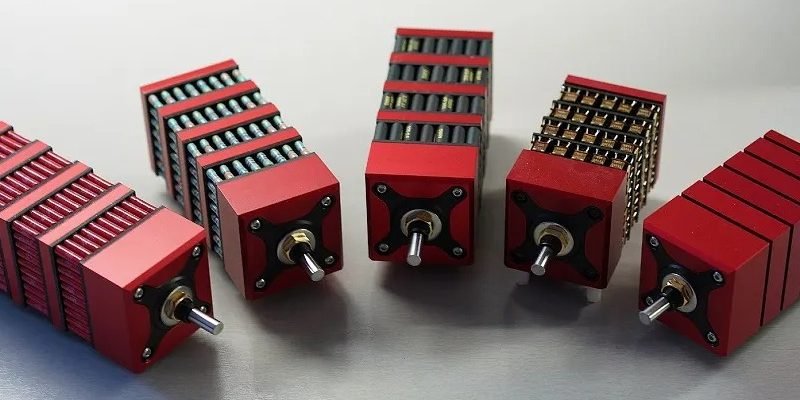Stepped attenuators are a type of volume control that use a series of fixed resistors to provide precise and accurate control over the volume levels of an audio system. Unlike other types of volume controls, such as rotary or slider controls, stepped attenuators provide precise and repeatable volume levels, making them a popular choice for high-end audio systems. In this article, we will explore the workings of stepped attenuators, their advantages and disadvantages, and some of the best stepped attenuators on the market.
What is a Stepped Attenuator?
A stepped attenuator, also known as a ladder attenuator or a stepped volume control, is a type of volume control that uses a series of fixed resistors to provide precise and accurate control over the volume levels of an audio system. The resistors are arranged in a ladder-like configuration, with each step in the ladder representing a specific volume level. The user can select a specific volume level by choosing the corresponding step on the ladder.
Stepped attenuators are typically designed with a fixed number of steps, such as 24, 32, 48 or more, with each step representing a fixed attenuation level. The attenuation levels can vary depending on the design of the attenuator, but common values include 1 dB, 2 dB, or 3 dB per step. The number of steps and attenuation levels can be customized to meet the specific needs of an audio system.
Advantages of Stepped Attenuators
Stepped attenuators provide several advantages over other types of volume controls, such as rotary or slider controls. These advantages include:
- Precise and Accurate Control: Stepped attenuators provide precise and accurate control over the volume levels of an audio system. The fixed resistors used in stepped attenuators provide repeatable volume levels, ensuring that the same volume level is achieved each time a specific step is selected on the ladder. This makes them a popular choice for high-end audio systems, where precise control over the volume levels is critical.
- Improved Signal-to-Noise Ratio: Stepped attenuators can improve the signal-to-noise ratio of an audio system. Unlike other types of volume controls, such as rotary or slider controls, which use variable resistors to adjust the volume levels, stepped attenuators use fixed resistors. This results in less noise and distortion in the audio signal, improving the overall sound quality of the system.
- Reduced Interference: Stepped attenuators can also reduce interference in an audio system. Because each step in the ladder represents a fixed attenuation level, the signal passing through the attenuator is more consistent and less prone to interference from external sources.
- Longevity: Stepped attenuators are known for their longevity. Because they use fixed resistors, they are less prone to wear and tear than other types of volume controls, which can use variable resistors that wear out over time. This means that stepped attenuators can provide reliable and consistent performance over the long term.


